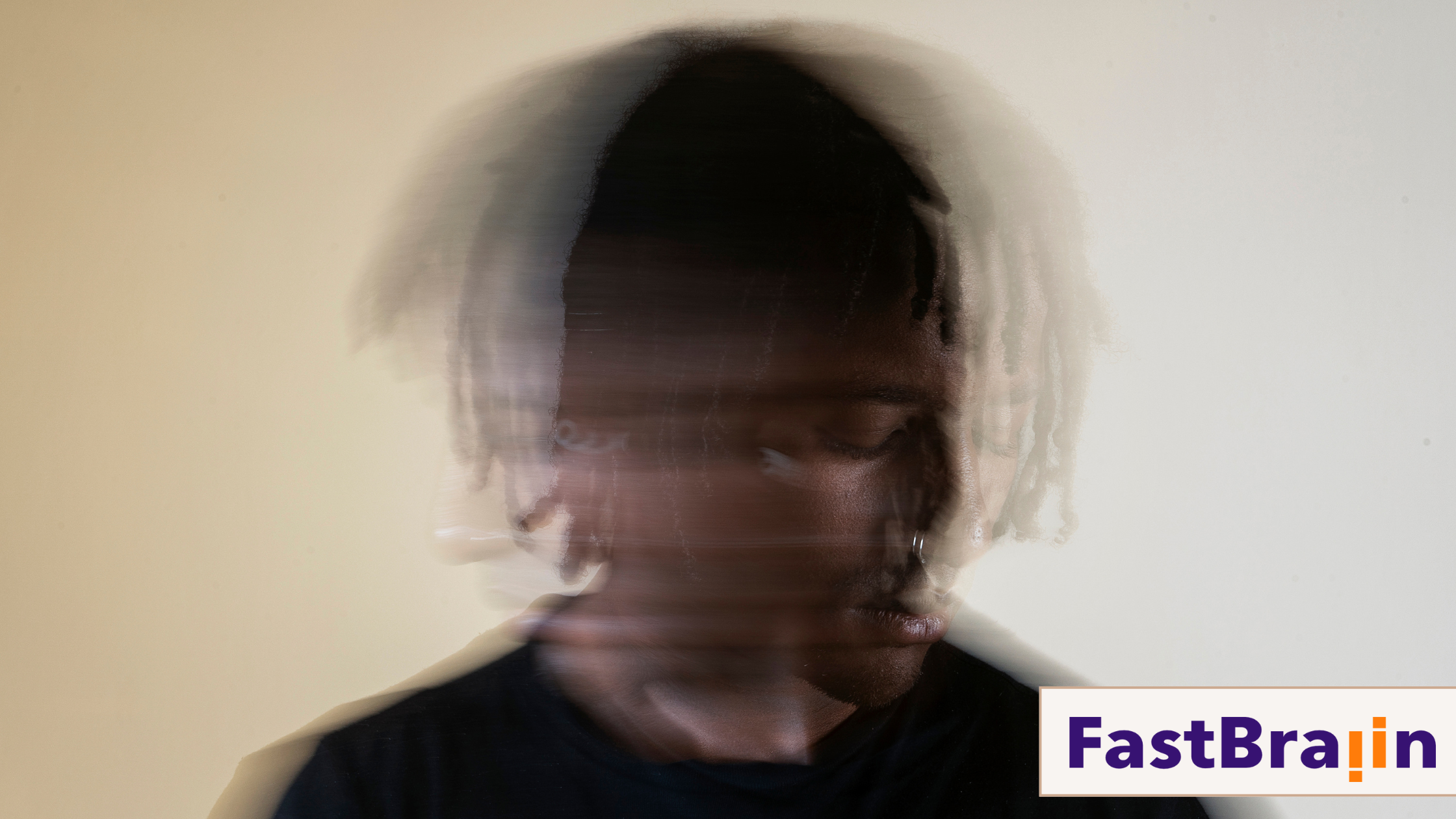If you or your child have ADHD, you’re probably familiar with the constant mental juggling — the racing thoughts, the overthinking, the worry about what you might’ve missed. For many families, this isn’t just ADHD. It’s ADHD and anxiety working together.
Dr. Jim Poole’s FastBraiin approach highlights an essential truth: 50–70% of people with ADHD also experience anxiety. Yet, in most medical settings, the two are treated separately — as if they exist in different worlds. The result? Families end up treating symptoms instead of the real problem.
The good news is that when you understand how ADHD and anxiety interact, you can start helping the brain work with itself instead of against it.
Why ADHD and Anxiety Often Show Up Together
The FastBraiin brain is fast, curious, and wired for possibility — but it’s also easily overstimulated. When that high-speed brain constantly runs into frustration, correction, or failure, anxiety naturally follows.
By age 12, children with ADHD have received an estimated 20,000 more negative messages than their peers. Over time, those experiences wire the brain to expect criticism and prepare for it — triggering the same fight-or-flight stress response you’d feel in real danger.
Inside the brain, this looks like the prefrontal cortex (the planning center) sending distress signals to the amygdala (the alarm center). The body releases cortisol, the stress hormone, and the heart rate spikes — but in a classroom, workplace, or home, there’s no “fight” or “flee” that makes sense. The result is a child or adult who feels restless, defensive, or emotionally overwhelmed for no obvious reason.
The Emotional Environment Comes First
Dr. Jim often says that the emotional environment matters more than any other intervention.
Even the best medication or learning strategy won’t help if the person’s brain feels unsafe.
For children and adults with ADHD, emotional safety comes from acceptance — being seen for who they are, not just what they accomplish. Parents and teachers can start by shifting from correction to connection.
- Look for small wins and say them out loud.
- Frame redirection in calm, supportive language (“Let’s try this another way”).
- Replace judgment with curiosity (“What was going on for you when that happened?”).
When the brain senses emotional safety, the amygdala calms down, cortisol levels drop, and learning and self-control become possible again.
How Anxiety Changes the ADHD Brain
Anxiety doesn’t just add stress — it actually changes how ADHD shows up.
Instead of scattered focus, the brain may get stuck on one thought or worry. Instead of adaptability, you might see rigidity, perfectionism, or mental replaying of mistakes.
For adults, this often looks like procrastination masked as overthinking — “I can’t start this project until I get it right.” For kids, it might look like meltdowns over small changes or obsessing over one mistake at school.
Anxiety traps the FastBraiin mind in a loop of self-doubt, preventing it from using its natural creativity and flexibility.
A FastBraiin Approach to Managing ADHD and Anxiety
Managing anxiety alongside ADHD requires a whole-brain strategy — one that combines physical, emotional, and environmental support.
Here’s what Dr. Jim recommends:
1. Reframe the Narrative
Labels matter. When someone starts to see their ADHD as FastBraiin — a unique way of thinking rather than a flaw — anxiety starts to lose its grip. Confidence grows when we focus on strengths like creativity, curiosity, and problem-solving.
2. Regulate the Body
Physical health directly impacts emotional health. Exercise, consistent sleep, balanced nutrition, and mindfulness help regulate dopamine and cortisol levels. These aren’t “extras” — they’re essential tools for anxiety control.
3. Shape the Environment
Create calm, predictable spaces.
- Reduce clutter and visual distractions.
- Limit screen time before bed.
- Keep transitions structured but flexible.
- These small changes give the brain fewer reasons to stay on alert.
4. Build a Unified Team
If you’re seeing a doctor, therapist, and teacher, make sure everyone’s working from the same playbook. A unified, positive perspective on ADHD helps prevent mixed messages and reinforces stability.
5. Use Medication Thoughtfully
Medication can help balance focus and energy levels, but it can’t heal emotional wounds. It works best as part of a comprehensive plan that also includes environment, mindset, and relational support.
Changing the Story
Anxiety isn’t a separate problem to fix — it’s often a natural response to years of misunderstanding and unmet needs. When you shift from seeing ADHD as a “deficit” to understanding it as a different way of processing the world, everything starts to change.
As emotional safety grows, anxiety fades. As acceptance deepens, self-worth rises.
The goal isn’t to eliminate ADHD or anxiety — it’s to help FastBraiin minds feel understood, supported, and confident in who they are. Because when the world stops trying to “fix” them, they can finally start to thrive.

